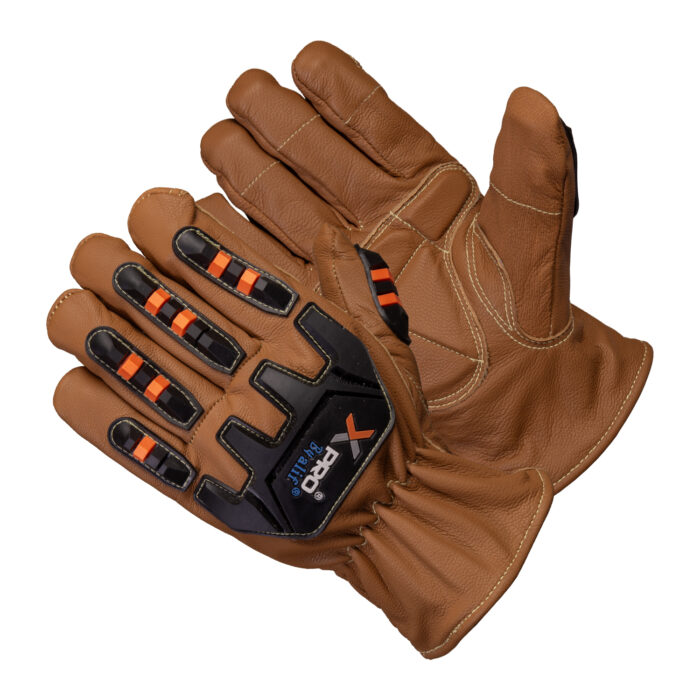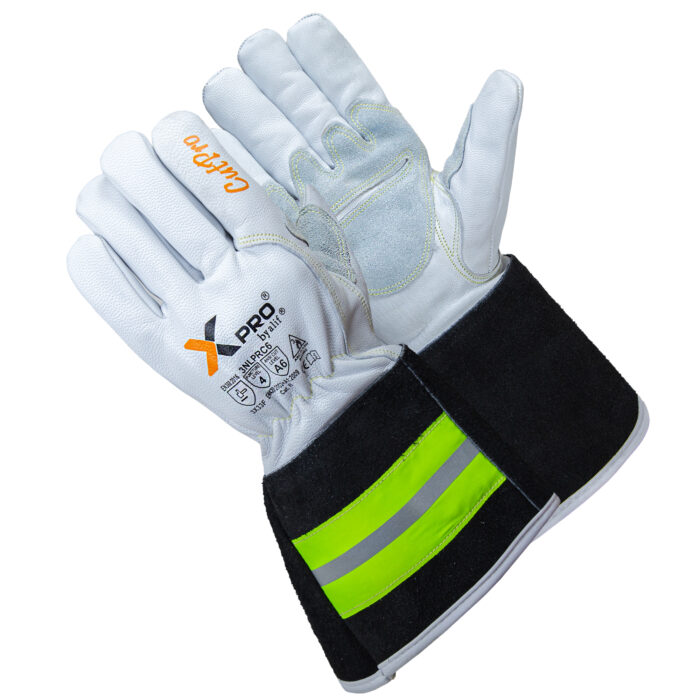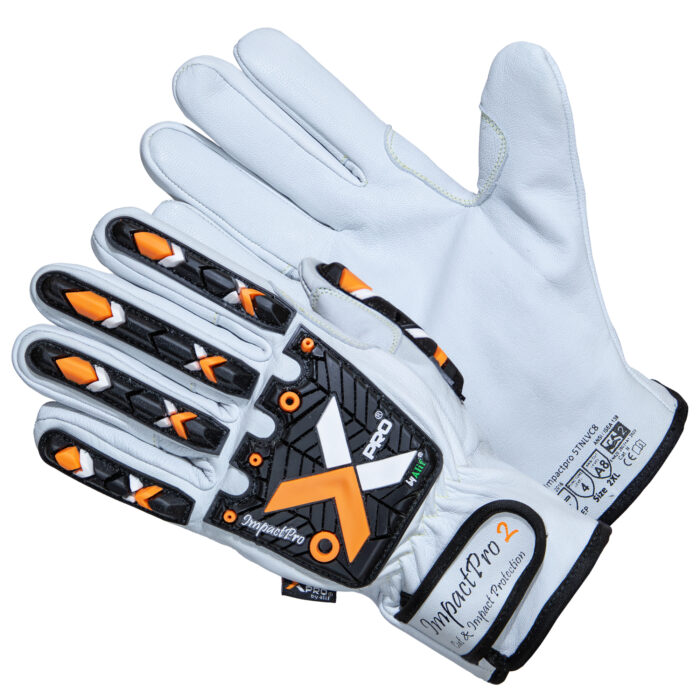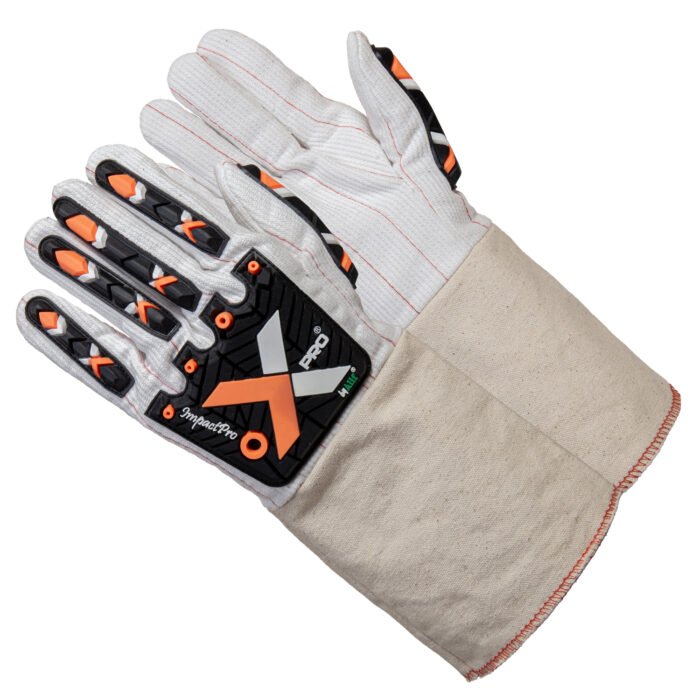XPRO® 2046PGBCS MIG/TIG Welding Gloves – Goatskin Palm, Kevlar® Stitching, Fleece Lined for Heat Protection
Brand: XPRO®
XPRO® 2046PGBCS
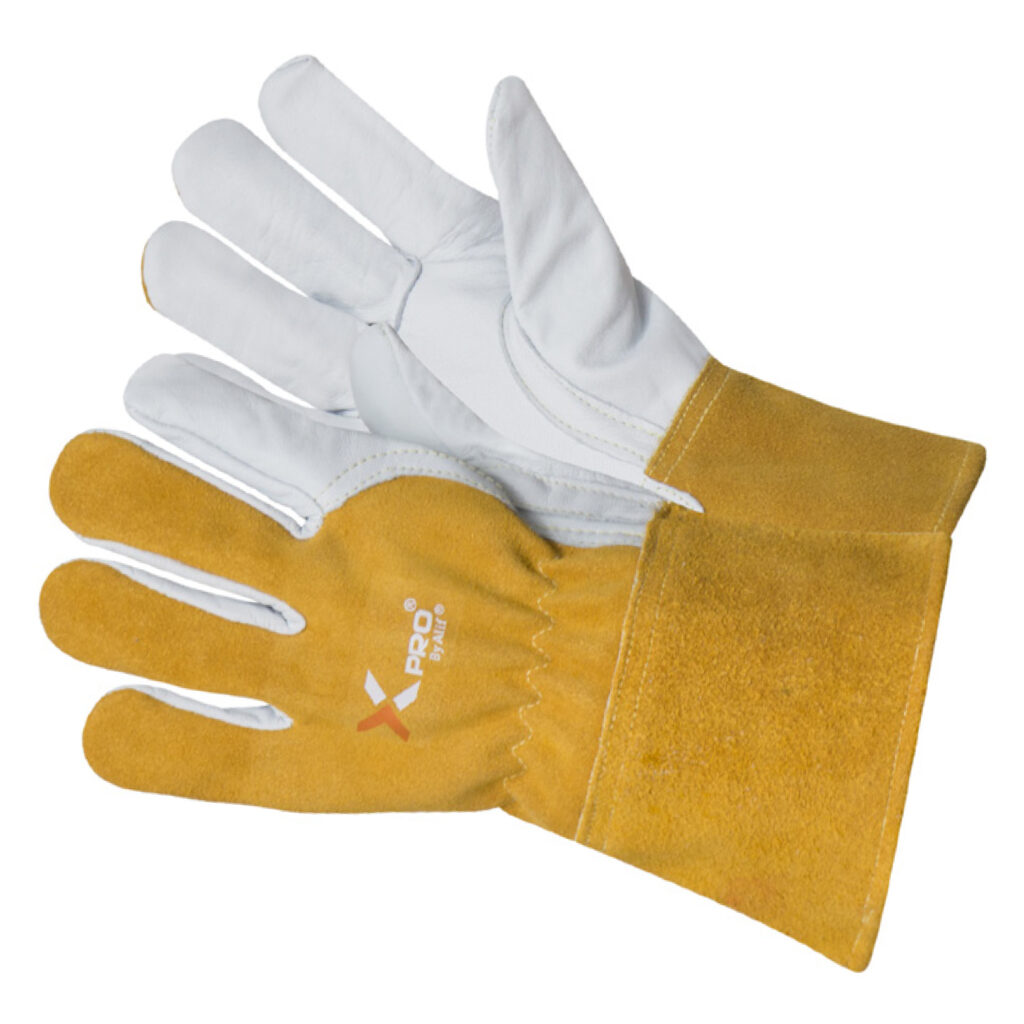
Brand: XPRO®
XPRO® 2046PGBCS MIG/TIG Welding Gloves – Goatskin Palm, Kevlar® Stitching, Fleece Lined for Heat Protection
XPRO® 2046PGBCS
Goatskin Leather Palm, back cowhide split leather Mig/Tig welding gloves straight thumb with reinforcement for extended wear, Fleece lined for comfort and added heat protection and sewn with Kevlar for strength and heat resistance.
Price:
Performance ratings
EN 388: 2016 3121X
EN 388 2016 Results: 3121X
Abrasion: 3
Cut (Coupe Test): 1
Tear: 2
Puncture: 1
Cut (TDM-100 Test): X
EN 388 is a European Standard. Cut Level is determined by the number of cycles it takes a spinning circular blade, that is pulled across the material under a constant weight of 500 grams, to cut the fabric. As the number of cycles increase, so does the glove’s ratings.
EN 407 41XX4X
Protective Gloves Against Thermal Hazards: 41XX4X
Resistance to Flammability – 4
Contact Heat Resistance – 1
Convective Heat Resistance – X
Radiant Heat Resistance – X
Resistance to Small Splashes of Molten Metal – 4
Resistance to Large Splashes of Molten Metal – X
EN 407 is a general European standard designed to be used for any glove that is to be sold as providing protection against thermal hazards. All six tests are graded on a scale from 0 to 4, with 0 signifying that the glove failed the test, and 4 demonstrating it has achieved the maximum resistance in that specific area.
EN ISO 21420:2020
The EN ISO 21420:2020 standard outlines the general requirements and test methods for protective gloves. It covers aspects such as design, construction, comfort, efficiency, and safety, ensuring gloves meet necessary performance criteria. This standard applies to all protective gloves, including those used in industrial environments, and replaces the previous EN 420:2003 standard.
European conformity
The CE mark (Conformité Européenne) indicates that a safety product meets the essential health, safety, and environmental protection requirements of the European Economic Area (EEA). It ensures that the product complies with relevant EU directives and can be sold freely within the EEA, providing assurance of its safety and quality.
Category II
Category II (Cat II) gloves are designed for intermediate risks, meaning they provide protection against mechanical, thermal, or chemical hazards but are not intended for extreme dangers. These gloves must be tested and type-approved by an EU-recognized institute and labeled with pictograms indicating their protective functions.
EN 388: 2016 3121X
EN 388 2016 Results: 3121X
Abrasion: 3
Cut (Coupe Test): 1
Tear: 2
Puncture: 1
Cut (TDM-100 Test): X
EN 388 is a European Standard. Cut Level is determined by the number of cycles it takes a spinning circular blade, that is pulled across the material under a constant weight of 500 grams, to cut the fabric. As the number of cycles increase, so does the glove’s ratings.
EN 407 41XX4X
Protective Gloves Against Thermal Hazards: 41XX4X
Resistance to Flammability – 4
Contact Heat Resistance – 1
Convective Heat Resistance – X
Radiant Heat Resistance – X
Resistance to Small Splashes of Molten Metal – 4
Resistance to Large Splashes of Molten Metal – X
EN 407 is a general European standard designed to be used for any glove that is to be sold as providing protection against thermal hazards. All six tests are graded on a scale from 0 to 4, with 0 signifying that the glove failed the test, and 4 demonstrating it has achieved the maximum resistance in that specific area.
EN ISO 21420:2020
The EN ISO 21420:2020 standard outlines the general requirements and test methods for protective gloves. It covers aspects such as design, construction, comfort, efficiency, and safety, ensuring gloves meet necessary performance criteria. This standard applies to all protective gloves, including those used in industrial environments, and replaces the previous EN 420:2003 standard.
European conformity
The CE mark (Conformité Européenne) indicates that a safety product meets the essential health, safety, and environmental protection requirements of the European Economic Area (EEA). It ensures that the product complies with relevant EU directives and can be sold freely within the EEA, providing assurance of its safety and quality.
Category II
Category II (Cat II) gloves are designed for intermediate risks, meaning they provide protection against mechanical, thermal, or chemical hazards but are not intended for extreme dangers. These gloves must be tested and type-approved by an EU-recognized institute and labeled with pictograms indicating their protective functions.
- Premium goatskin leather palm for flexibility and tactile control
- Cowhide split leather back for added durability and heat shielding
- Straight thumb design with reinforcement for extended wear
- Fleece lining provides comfort and thermal insulation
- Sewn with Kevlar® thread for strength and flame resistance
- Excellent abrasion and spark resistance for welding tasks
- Ergonomic fit reduces hand fatigue during long shifts
- Designed for MIG/TIG welding and high-heat environments
- Suitable for heavy-duty industrial and fabrication work
- Ideal for use in steel mills, shipyards, and automotive sectors
Applications: MIG/TIG Welding, Steel Mill Operations, Shipyard Fabrication, Automotive Assembly, Gas Welding, Torch Work
Trade: Welding & Fabrication, Automotive Manufacturing, Industrial Maintenance, Shipbuilding, Steel & Metal Processing
Hazards: Heat & Flame Exposure, Abrasion & Friction, Spark & Slag Contact, Hand Fatigue from Extended Use
Industries: Manufacturing, Automotive, Steel Mills, Shipyards, Industrial Fabrication


